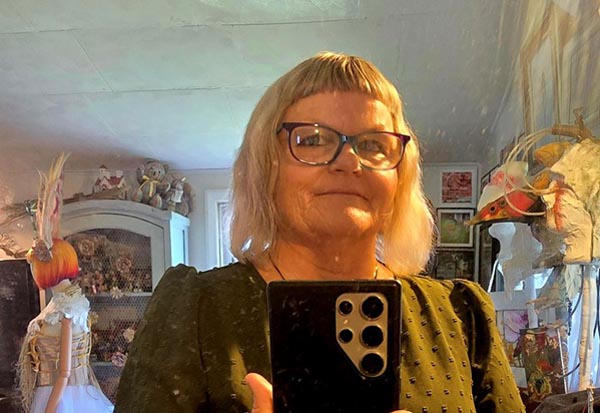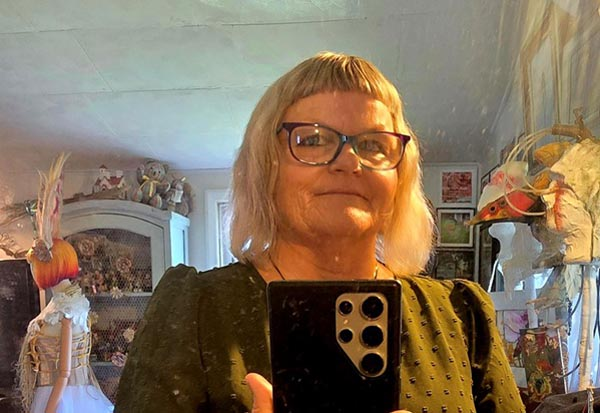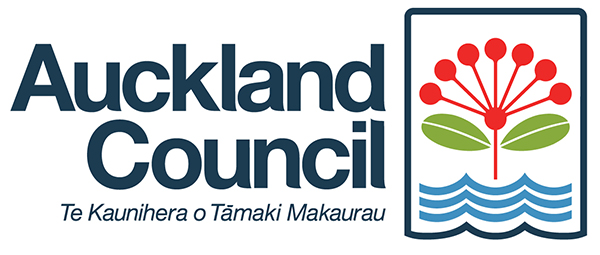I’m an experienced high school teacher and I’ve worked a lot with troubled youth in low-decile schools. I wanted to extend that experience and use my skills to make a positive impact on men in prison and so in January 2020, I took up my role as Educational Arts Tutor at Hawke’s Bay Regional Prison.
 Nearly five years later, I’m still here in a full-time capacity.
Nearly five years later, I’m still here in a full-time capacity.
What are the primary goals of an arts programme in Corrections facilities? I believe art covers many cultures and career choices, and teaches us to observe, discuss, listen and create. Its primary goals are to reduce recidivism, improve mental health, create innovative thinking and teach new skills.
Communication, collaboration, problem-solving, goal setting and discipline are included in my teaching practice. At the same time, it’s vital to structure the classroom to foster empathy and confidence, and build self-esteem for the prisoners.
The moment when the men fly
What I value most in this role are the men and their achievements in the arts – the moments when they fly. They are so proud of what they have done and when they send their work home and their whānau say they can’t believe they have done the artwork.
 sm.jpg) The men can’t wait to tell me how proud they feel at this acknowledgement. Some even tutor their children on art methods to help them with their school projects.
The men can’t wait to tell me how proud they feel at this acknowledgement. Some even tutor their children on art methods to help them with their school projects.
One of my students told me that he thought he would never be any good at artmaking when he first came into my class and in fact, he struggled. But he never gave up. He was very shy about showing his art to anyone but now he has Level Four Certificate in Art, tutors young men in art, has exhibited in a Learning Connexion exhibition, and has sold a piece of artwork.
His work is also included in Worn: Prisoners’ shoes and the stories they tell. This exhibition, developed by The Learning Connexion, opens in Upper Hutt on 1 November and runs until 1 February 2026.
He can now stand in front of people and talk about his art – something he never thought he could do.
Enriched by stories that cross the arts table
Art and culture are my passion, and I am enriched by the many stories that cross the arts table during my classes. The arts restore mana and wellbeing, and the men find their identity by re-examining their cultural roots through the arts.
 sm.jpg) When I first took up the role, I headed straight into COVID and periods of lockdown. During lockdown, I developed art booklets to give to the men to help their artmaking studies while I was not onsite. These booklets are popular and are still being used today, including in other prisons around Aotearoa.
When I first took up the role, I headed straight into COVID and periods of lockdown. During lockdown, I developed art booklets to give to the men to help their artmaking studies while I was not onsite. These booklets are popular and are still being used today, including in other prisons around Aotearoa.
Underachievement, due to leaving school without a qualification, plays a big part in how the men feel about themselves and their abilities to achieve. This fear of failure and the shame they feel often serve as a learning barrier. In particular, the Māori and Pasifika students link academic failure with their worth as a person.
Encouraging and promoting success for these students meant I had to understand their cultures. I had to be inclusive; integrate te reo and ngā tikanga into my teaching practice to engage and be respectful of their cultures. I also had to listen and encourage students to take responsibility for their own learning.
I see myself as a “lifelong learner”, and in the ongoing process of researching and learning more about Mātauranga Māori (body of knowledge), I become the learner as well as the teacher.
Restoration of mana, pride and manaakitanga
It is widely known that through art we can pour out our emotions on to paper or a canvas, painting our fear, and our sense of loss, emptiness, and pain. This release can also be found in dance, music, theatre, creative writing, sculpture, and carving, leading to the restoration of mana, pride and manaakitanga.
 sm.jpg) My art course is very popular and there’s a long waiting list. I teach between 14 and 16 classes a week with up to six students per class due to the size of the classrooms and for personal safety reasons. I also have 16 men studying through The Learning Connexion.
My art course is very popular and there’s a long waiting list. I teach between 14 and 16 classes a week with up to six students per class due to the size of the classrooms and for personal safety reasons. I also have 16 men studying through The Learning Connexion.
At the end of each lesson, I always leave the students with a positive to take back to their units. This is important and it encourages them to keep pushing forward in all that they do.
Art classes are effective in the rehabilitation of these men. I know because every day, the men tell me how art has made them feel; that art has allowed them to process self-expression and regain their pride through constant positive feedback and support of whānau and staff.
I’m inspired by the abilities of my students, who strive to succeed in the challenging environment of a prison. The light bulbs that art turns on is what powers me and stokes the embers of my journey to teach my craft with passion. I love my job and every day, the students and their art make my day.
.



